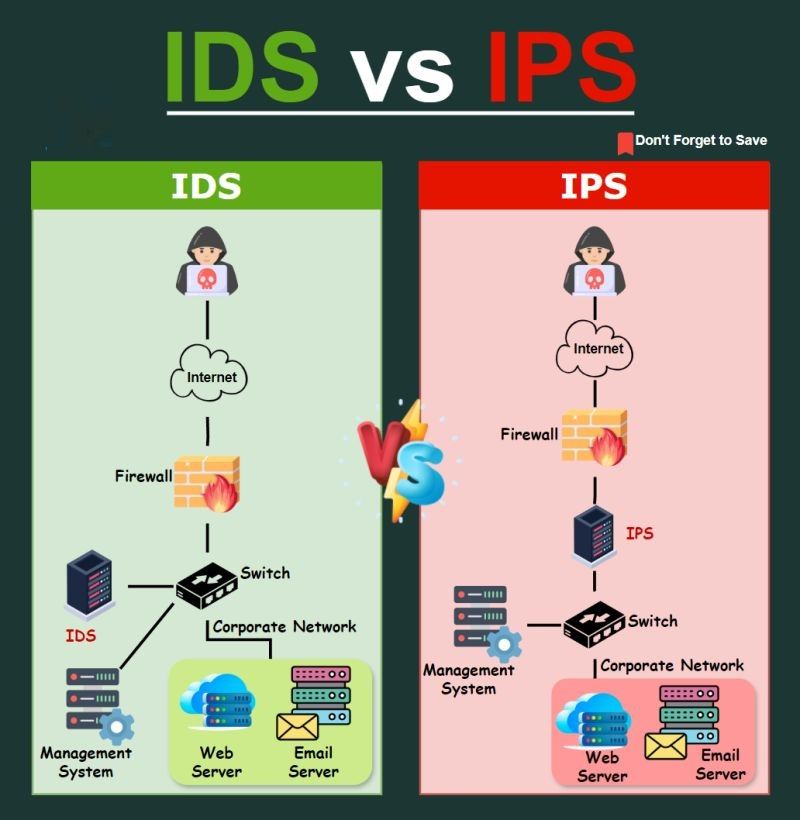Understanding VLANs and VLAN Configuration – Pushti Networking Academy
Introduction:
In modern computer networks, Virtual Local Area Networks (VLANs) play a vital role in managing and organizing network traffic efficiently. VLANs provide a means of logically segmenting a physical network into multiple virtual networks, enabling enhanced security, flexibility, and scalability. In this post, we will explore the concept of VLANs and delve into VLAN configuration to understand how they work. Hence, to know more on what is VLAN and its configuration join Pushti Networking Academy.
What is a VLAN?
A VLAN is a logical broadcast domain that operates on a network switch. Instead of being limited to the traditional physical boundaries of a single LAN, VLANs allow network administrators to group devices together virtually, regardless of their physical location. VLANs function as if they are isolated networks, even though they may share the same physical infrastructure. Hence, VLAN reduce broadcasting domain.
Advantages of VLANs:
- Enhanced Security: VLANs provide an additional layer of security by isolating network traffic. Devices within a VLAN can communicate with each other, but communication between VLANs requires specific routing configurations, making it easier to control and secure network traffic.
- Improved Performance: By segmenting network traffic, VLANs help reduce congestion and increase overall network performance. Separating broadcast domains prevents unnecessary broadcast traffic from reaching devices that do not need it.
- Simplified Network Management: VLANs enable network administrators to manage and configure logical groups of devices independently. Changes and modifications can be made to specific VLANs without impacting the rest of the network.
- Scalability: VLANs make network expansion more flexible. New devices can be added to existing VLANs or new VLANs can be created as per requirements, without the need for physical rewiring.
VLAN Configuration:
- Identify VLAN Requirements: Determine the purpose of each VLAN, such as separating departments, guest networks, or specific device types. Consider the number of VLANs needed and their network requirements.
- VLAN Tagging: VLANs are identified by tags added to Ethernet frames. Two commonly used VLAN tagging protocols are IEEE 802.1Q and ISL (Inter-Switch Link). Decide on the tagging protocol based on switch and device compatibility.
- VLAN Membership Modes: a. Access Mode: This mode assigns a specific port to a single VLAN, allowing devices to belong to one VLAN only. b. Trunk Mode: Trunk ports can carry traffic for multiple VLANs simultaneously. They are used to connect switches together or connect switches to routers or servers.
- Configuring VLANs on Switches: a. Access VLAN Configuration: Assign access ports to specific VLANs. b. Trunk VLAN Configuration: Configure trunk ports to carry multiple VLAN traffic. c. VLAN Interconnection: Configure VLAN interfaces or VLAN routing to enable communication between VLANs.
- Verify and Test: After configuring VLANs, test connectivity between devices within the same VLAN and validate inter-VLAN communication by setting up appropriate routing.
Conclusion:
VLANs offer significant advantages in terms of security, performance, network management, and scalability. By logically segmenting a network, VLANs provide flexibility and control over network traffic, leading to efficient and secure data transmission. Understanding VLAN concepts and configuring VLANs correctly is crucial for network administrators to build robust and flexible networks that meet their organization’s requirements.



One Reply to “Understanding VLANs and VLAN Configuration – Pushti Networking Academy”